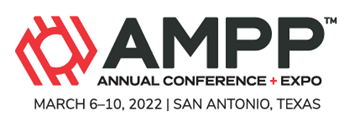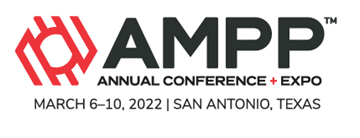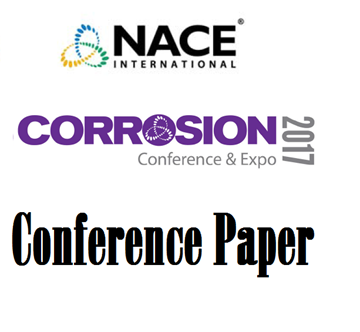Search
Individual Conference Papers
View as
Sort by
Display
per page
IMPROVEMENTS ON AUTOMATIC ULTRASONIC TECHNIQUES APPLIED IN DETECTING NON-METALLIC INCLUSION FOR SEAMLESS PIPE MILLS
Product Number:
MPWT19-14737
Publication Date:
2019
$0.00
Improvements to the Replica Tape Test Method (ASTM D4417C / NACE SP287 / ISO 8503-5)
Product Number:
51324-21157-SG
Publication Date:
2024
$40.00
Improving Cathodic Protection Pipeline Integrity Monitoring Data in the Time of IIoT and Big Data
Product Number:
51321-16259-SG
Publication Date:
2021
$20.00
Improving Coating Adhesion By Altering Surface Preparation
Product Number:
51323-19364-SG
Publication Date:
2023
$20.00
Improving Coating Performance by Using a Novel Polymeric Adhesion Promoter Technology
Product Number:
41216-949-SG
Publication Date:
2016
$20.00
Improving Hydrogen Embrittlement Resistance Of Precipitation Hardened Nickel-Alloys
Product Number:
51321-16673-SG
Publication Date:
2021
$20.00
Improving Integrity Management Decision Making Using Automated Calibration Of Model Predictions Using CP Survey Data
Product Number:
51322-17557-SG
Publication Date:
2022
$20.00
Improving Life Cycle Cost Using High Alloyed Stainless Steels for Hydrochloric Acid Localized Condensation in Heat Exchangers
Product Number:
51323-19274-SG
Publication Date:
2023
$20.00
Improving mineral wool CUI performance – next generation
Product Number:
51323-18959-SG
Publication Date:
2023
$20.00
Improving Scale Management Using ESEM Bulk Scale Analysis
Product Number:
51322-18215-SG
Publication Date:
2022
$20.00
Improving the Performance of Epoxy-Polysiloxane Coatings
Product Number:
41215-907-SG
Publication Date:
2015
$20.00
Improving the Quality of ECDA Indirect Inspection Data
Product Number:
51317--9038-SG
ISBN:
9038 2017 CP
Publication Date:
2017
$20.00












